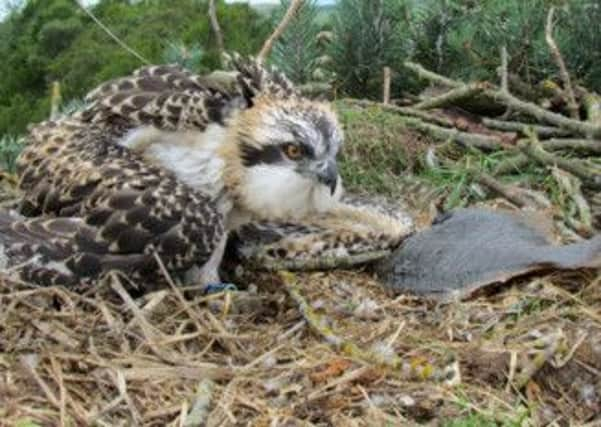Osprey tracked by satellite technology


The two-year-old male bird, known as Blue YD, was seen by delighted East Yorkshire bird watchers above the cliffs, before he headed out to sea last week.
But once out of sight of the binoculars and telescopes, this osprey did not just disappear into the distance as he was being tracked using satellite technology.
Advertisement
Hide AdAdvertisement
Hide AdAfter hatching on a Scottish Wildlife Trust reserve in Angus, Scotland, in 2012, he was fitted with a lightweight satellite tag. Data downloaded from this unit showed him in Senegal later that year, where he stayed until recently heading back to the UK.
Jonathan Pinnick, visitor centre manager at the Scottish Wildlife Trust’s Loch of Lowes reserve, said: “It seems Blue YD headed south in the autumn of 2012 and has spent the last 18 months wintering and summering in West Africa.
“Ospreys don’t usually return to their breeding grounds until they are three years old, however it appears this one decided to head back a year early.”